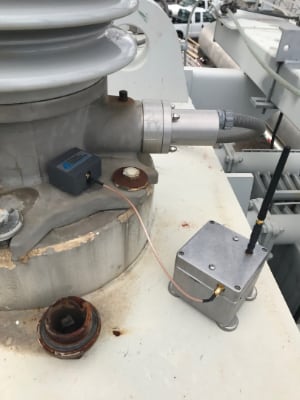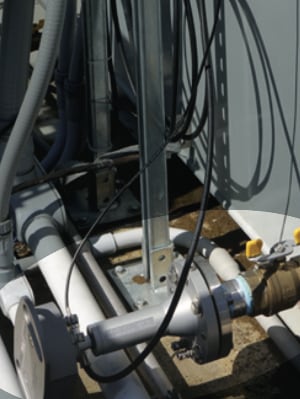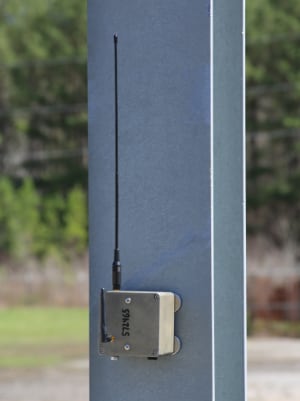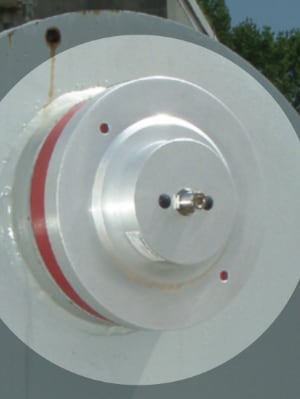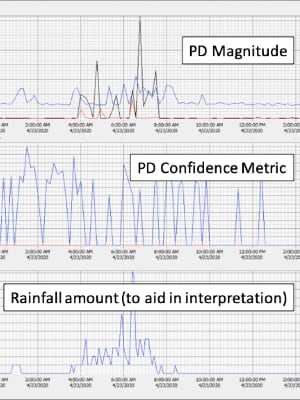EPRI Partial Discharge RF Monitors: RFI Monitor
EPRI offers two monitors for PD (Partial Discharge). The first measures AE (Acoustic Emission) and the second measures RFI (Radio Frequency Interference). Both low-cost RF Monitors are designed as self-contained units to wirelessly report measurement data and status via a radio frequency (RF) link to a base station where the data is captured with a data logger.
Our measurement approach
We designed our PD RF Monitors to have the following measurement features:
- The AE (Acoustic Emission) monitor uses a piezoelectric transducer to capture the minute vibrations caused by PD (Partial Discharge). The high frequencies at which these vibrations are measured allow for effective noise reduction of typical ambient vibrations.
- The RFI (Radio Frequency Interference) monitor has an RF (Radio Frequency) input port that allows connection to either an internal antenna (e.g. a UHF sensors on a GIS (Gas Insulated Substation or transformer) or an external antenna to detect airborne PD.
- The installed battery is designed to power the device for more than 10 years.
- Monitor health parameters are reported.
Low-Cost Mechanical Attachment
Our PD RF Monitors are easy to install and require no power or communication cables. The monitors are most commonly installed on grounded (earthed) structures or tanks using magnet mounts which in many cases means an outage is not required, keeping installation costs low.
Our PD RF Monitors are designed to attach to multiple apparatus, including:
- UHF RF Monitors for GIS (Either OEM installed UHF sensors or sensors retrofitted to the barriers or windows).
- UHF RF Monitors for transformers (either OEM installed UHF sensors or retrofit sensors inserted into the transformer drain valve).
- To capture airborne PD, the RFI monitors can be mounted to convenient grounded structures throughout the substation to allow for approximate localization based on signal magnitude.
Algorithms and advanced analytics
Algorithms and analytics are included in the monitor to convert the AE and RFI data into actionable information. In the AE and RFI PD monitors, the algorithms are designed to recognize the presence of PD within the typically high background noise in a substation. The algorithms are built into the monitors so the monitors report key actionable information instead of just raw data.

Data integration and visualization
Data from each RF Monitor is transmitted wirelessly to a base station (which may also measure local temperature, humidity, rainfall, wind speed and direction) using frequencies in the 2.4GHz open band. A single base station can aggregate data, store, and transmit data from up to 48 RF monitors. When working with EPRI, a cell phone modem transmits the information from the base station to our central servers.
EPRI’s secure servers store real-time and historical data, as well as environmental parameters, for utility stakeholders to view as needed. Algorithms will alert and alarm stakeholders when PD signals indicate human intervention is required.



